
Flowers are under attack.
Have you noticed how many books and articles on garden design emphasize the importance of foliage to the point where flowers are entirely secondary?
Many garden experts tell us that a sophisticated gardener overlooks the fleeting thrill of flowers and instead focuses, sensibly, on the form, texture, and color that foliage provides over the long haul. Once one reaches a certain level of maturity, one puts away such childish things as flowers. Are they really such a guilty pleasure?
I get it. Foliage matters. Wonderful effects may be created with foliage alone. It gives a garden structure and continuity and cohesiveness. It comes in a dazzling array of colors and textures. Purple foliage, in small doses, anchors a planting with deep, resonating tones like no other element can do. Yellow or variegated foliage contributes highlights that last over a longer season than just about any blooming plant. Cool blues and greens are soothing, yet varied in form and effect.
But I resent it when garden writers imply that giving equal consideration to flowers is somehow amateurish. I will not be made to feel guilty for delighting in their charms.
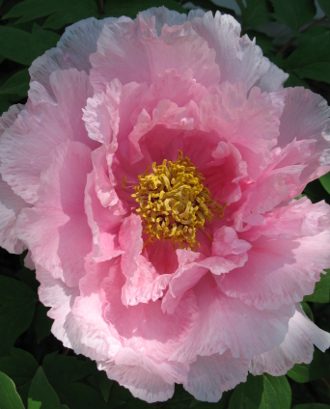
Flowers are glorious, brilliant, magical, fleeting. That’s why we love them, and there’s no shame in that.
If I hear another person say, “I’d plant x even if it didn’t flower,” I’m going to stab myself in the eye with a garden fork.
Sure, plants that look spiffy all season are valuable workhorses, but if these were the only plants we allowed through the garden gate, we would deny ourselves a great deal of joy. Would we plant echinaceas if they never bloomed? Lilacs? Peonies? Daffodils? Coreopsis? Gaillardia? These things earn their place by virtue of their blooms alone, and that’s good enough for me.
Who’s going to notice that the columbines are past their prime when the 5-foot stand of beebalm across the way is blooming its fiery red head off and the hummingbirds are dive-bombing it?

A garden composed exclusively of foliage plants is a static garden. It’s damage control. It’s conservative. It’s trying to make your garden look not unattractive, rather than letting it be a celebration of change, of seasonality.
Though some designers would scoff at the comparison, a foliage garden is not much different than one of those vulgar old Victorian bedding schemes, in that neither changes much over the course of the growing season.
I will not deny myself Dutchman’s breeches, poppies, or liatris because they don’t have much to offer outside of their season. I won’t apologize for red buckeyes’ spotty leaves or garden phloxes’ mildewy foliage. I declare my unabashed love for flowers, and I come to their defense. They speak of beauty, joy, renewal, extravagance, sex, vitality, and change.
And, as Karl, from Slingblade put it most succinctly: “Flowers is purty. I’ve always thought so.”



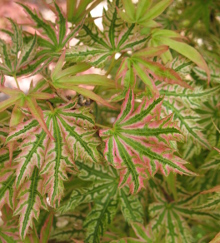








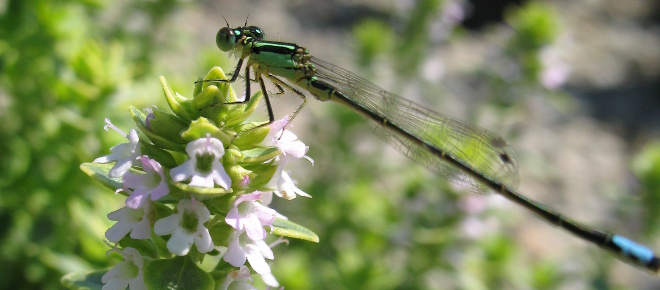











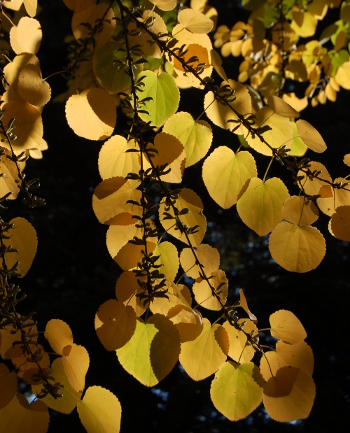


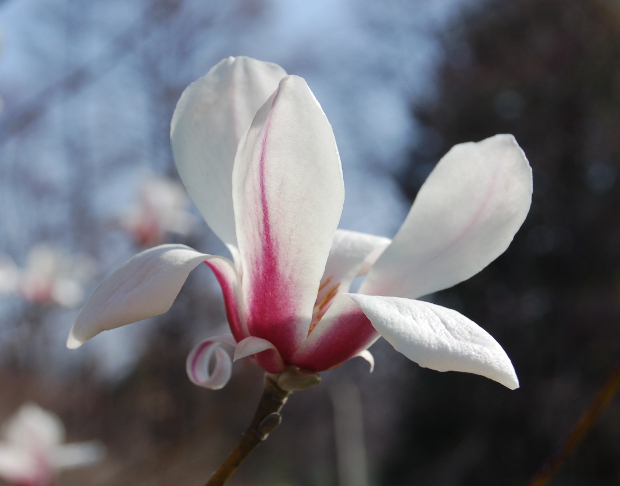
I will opt for the plant with a crazy, amazing, flamboyant flower that only lasts three days over a plant that has interesting foliage. There is no thrill in growing “nice” foliage. This is why I love growing orchids. Sometimes the payoff for nurturing a plant for years, are flowers that only last a day, but they are so amazing that it is worth it.
Hooray! I’m not alone. In Dream Plants for the Natural Garden, Henk Gerritsen and Piet Oudolf call plants like poppies and peonies “soap bubble” plants and say they’re “absolutely enchanting.” So we’re in good company.
Well written and focused on the topic. Cheers